There can be your advertisement
300x150
6 Ideas We Spotted in a Microstudio Inside a Communal House
Exploring how to make small living spaces functional without sacrificing aesthetics
This 33 m² apartment is located in a communal house in the center of Moscow. Architect Ali Reza Nemati from Studio Bazi designed the space for a single man who wanted both comfort and visual rigor.
As a result, an interior emerged where everything is hidden, zoned, and works for transformation: from a kitchen block-capsule to built-in curtains on tracks. We share some techniques worth noting.
Kitchen Hidden in a Cabinet
The kitchen block is integrated into built-in furniture: behind foldable doors are hidden the stove, refrigerator, extendable table, storage drawers, and even ventilation holes for vegetables. This approach allows completely 'hiding' the kitchen when not in use and visually freeing up the room.
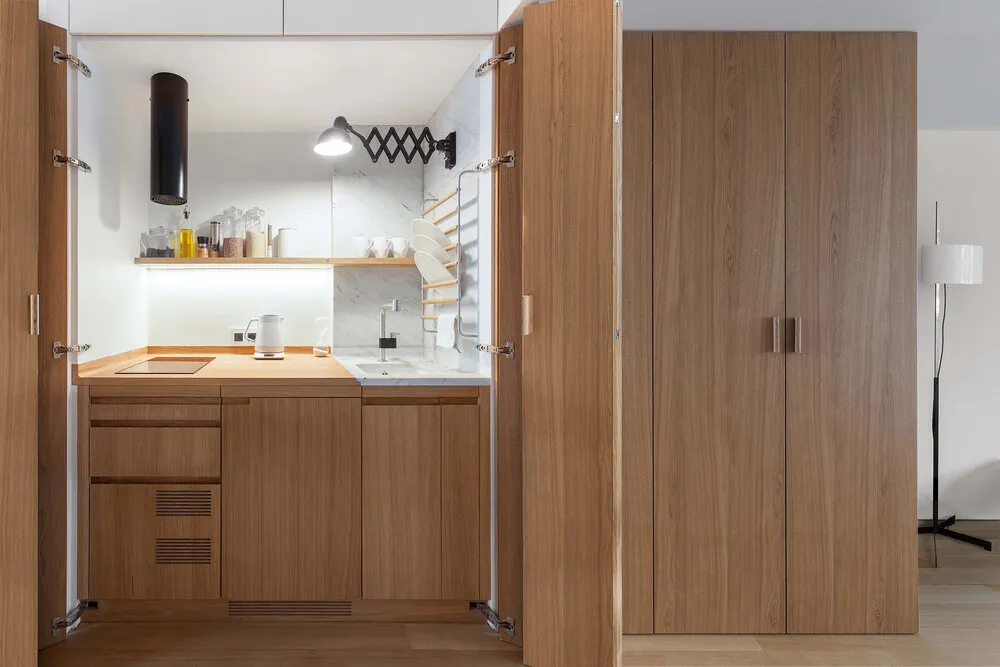 Design: Studio Bazi
Design: Studio BaziExtendable Curtain Instead of a Partition
Instead of walls, they created a rail with a dense curtain hidden in a cabinet. At the right moment, one can isolate the bedroom and bathroom zones, creating a sense of seclusion. The solution is simultaneously budget-friendly, mobile, and stylish, especially in small apartments.
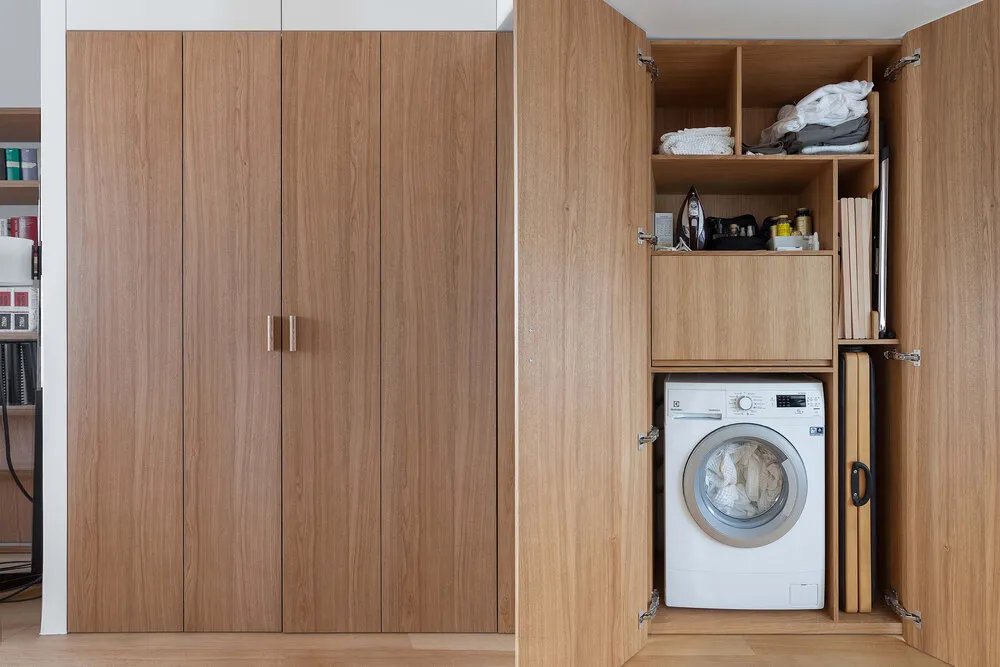 Design: Studio Bazi
Design: Studio BaziStorage Under the Stairs
The staircase leading to the loft has been transformed into a full storage system: here are closed modules and niches for clothes, appliances, and other necessary items. Rational use of every centimeter allowed avoiding bulky wardrobes.
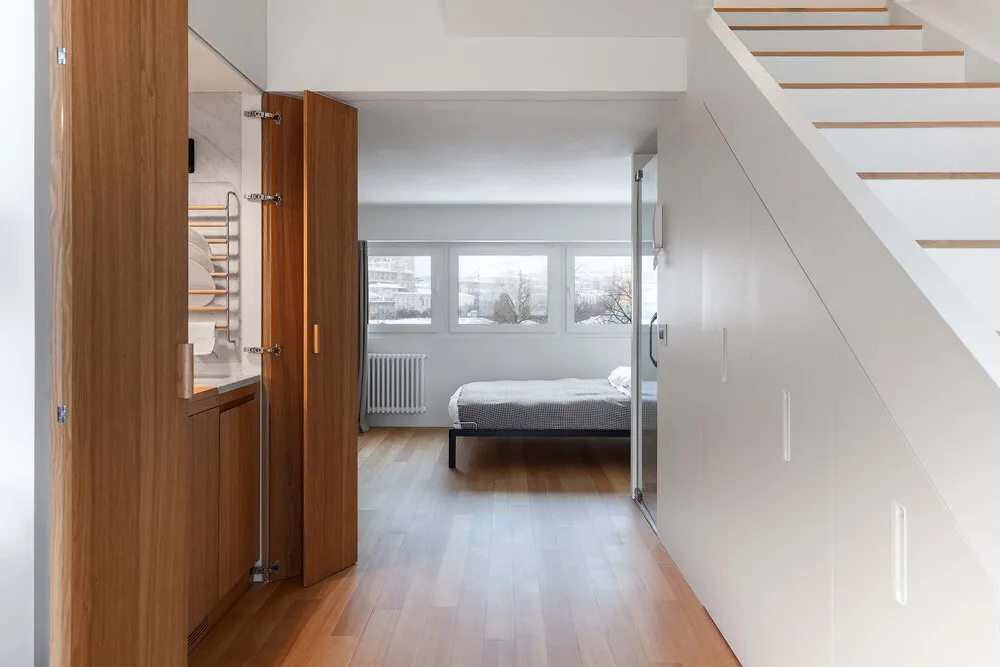 Design: Studio Bazi
Design: Studio BaziNiche in the Bookshelf
The bookshelf stretches along the entire wall, but near the window the architects left a niche: as a result, light is not blocked and additional space for storing folding chairs was created — convenient and without visual clutter.
 Design: Studio Bazi
Design: Studio Bazi3D Printing
For the kitchen exhaust hood, 3D printing and metal forming were used: this allowed creating a compact, functional piece that perfectly fits into an unconventional space. The solution opens up opportunities for custom solutions without paying premium prices for designer brands.
 Design: Studio Bazi
Design: Studio BaziFurniture with History
Almost all built-in furniture was custom-made, but vintage items were also used in the interior: for example, a nightstand and a Thonet chair from the 1930s.
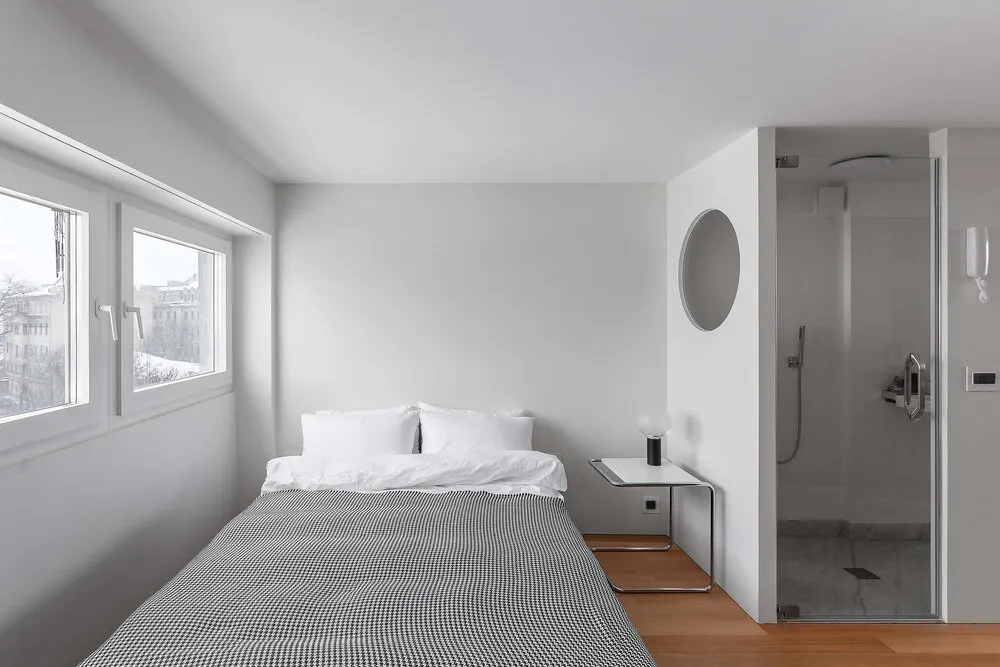 Design: Studio Bazi
Design: Studio BaziThe addition of depth made the interior less 'modern' and emphasized its connection to the era of the house.
More articles:
 How to Choose a Bed for Comfortable Sleep: Buyer's Guide
How to Choose a Bed for Comfortable Sleep: Buyer's Guide Brezhnev-era bathroom: before and after dramatic transformation
Brezhnev-era bathroom: before and after dramatic transformation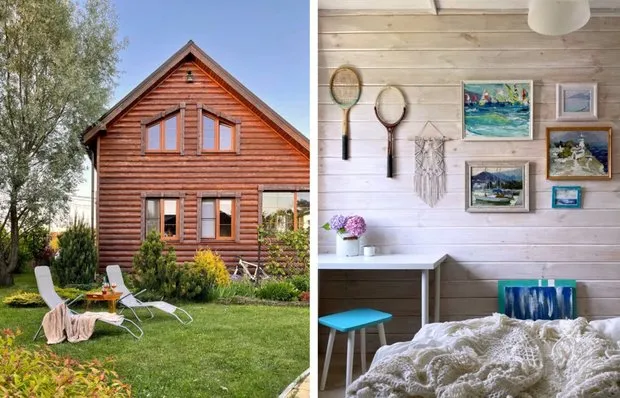 Cozy Cottage 160 m² in Tula Region for Large Family
Cozy Cottage 160 m² in Tula Region for Large Family Modern Stylish Furniture: 10 Trendy Finds
Modern Stylish Furniture: 10 Trendy Finds Maya Plisetskaya: How the Great Ballerina Lived Offstage
Maya Plisetskaya: How the Great Ballerina Lived Offstage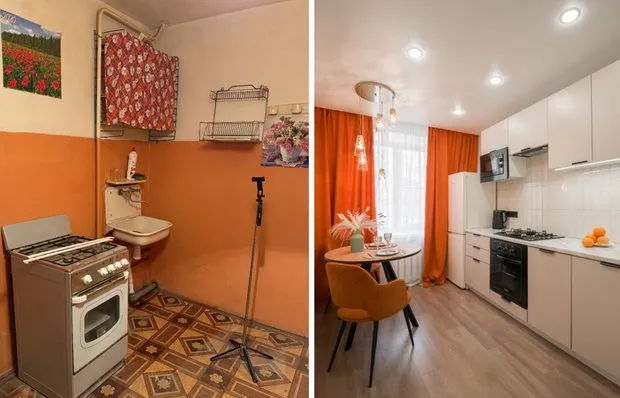 Before and After: Stylish and Budget-Friendly Transformation of a 30 m² Studio Apartment in a Brezhnev-era Building
Before and After: Stylish and Budget-Friendly Transformation of a 30 m² Studio Apartment in a Brezhnev-era Building What the Perfect Apartment Looks Like Through a Designer's Eyes: A Space You'll Want to Live In
What the Perfect Apartment Looks Like Through a Designer's Eyes: A Space You'll Want to Live In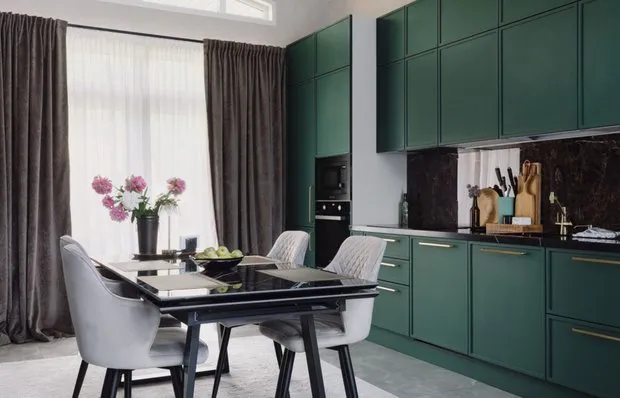 Personal Experience: How We Furnished a Cozy Country House in Istra in Two Months
Personal Experience: How We Furnished a Cozy Country House in Istra in Two Months